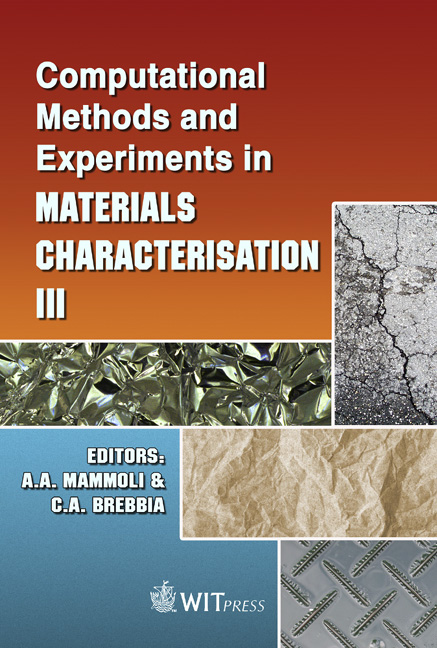Blocking And Self-locking Of Superdislocations In Intermetallics
Price
Free (open access)
Transaction
Volume
57
Pages
10
Published
2007
Size
468 kb
Paper DOI
10.2495/MC070061
Copyright
WIT Press
Author(s)
B. A. Greenberg & M. A. Ivanov
Abstract
Superdislocations are carriers of plastic deformation in intermetallics. A large translation vector, different types of stacking faults and antiphase boundaries determine the diversity of dislocation configurations, both glissile and blocked ones. A significant point is that blocked superdislocations, which are formed due to re-splitting of glissile superdislocations or rearrangement of the superpartial dislocation core, have the lowest energy. A new concept about the possibility of thermally activated blocking of superdislocations in the absence of external stresses (self-locking) was proposed. A sufficiently general thermally activated process, which causes the extension of a dislocation in a preferred direction and constitutes a necessary step in dislocation transformations leading to blocking, was revealed. By its nature, this process represents the flip of a dislocation from a shallow valley to a deep valley of the potential relief. Reasons for the multivalley relief and the presence of preferred directions vary for dislocations of different types in different materials. Consecutive stages of the rearrangement of an initial dislocation include the formation of a double kink and its subsequent reorientation along a preferred direction. The driving force of the process was calculated and conditions for its realization in the cases of perfect, superpartial and partial dislocations were formulated. An experimental proof of the proposed concept was obtained: self-locking of dislocations, which were induced by preliminary deformation, was detected in Ni3(Al, Nb) and TiAl during no-load heating. Keywords: dislocations, plastic deformation, potential relief, shallow valley, deep valley, dislocation blocking, self-locking, no-load heating.
Keywords
dislocations, plastic deformation, potential relief, shallow valley, deep valley, dislocation blocking, self-locking, no-load heating.





